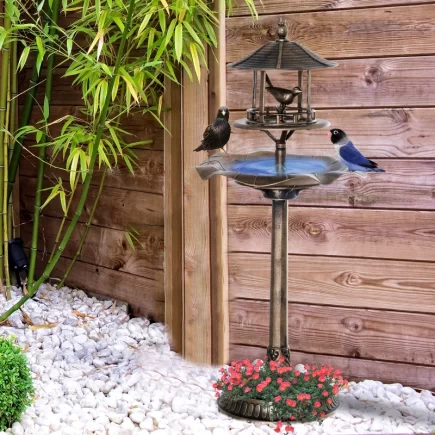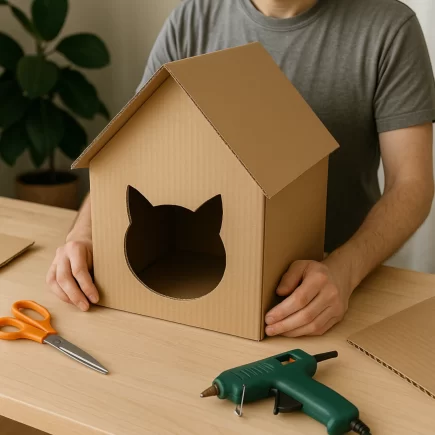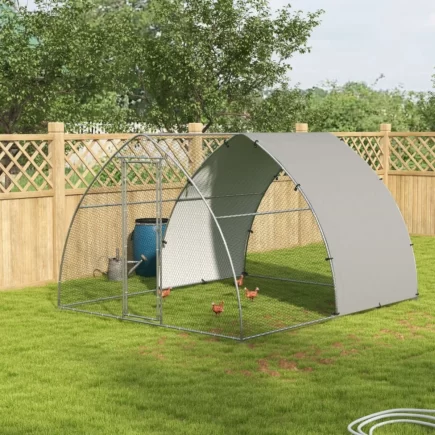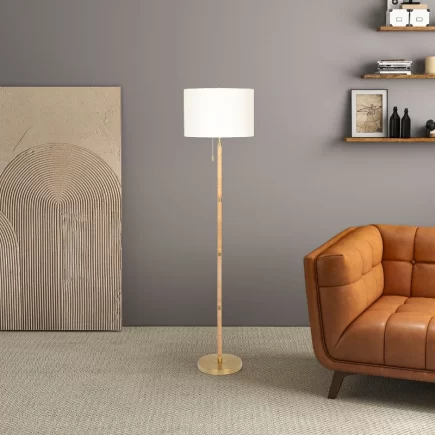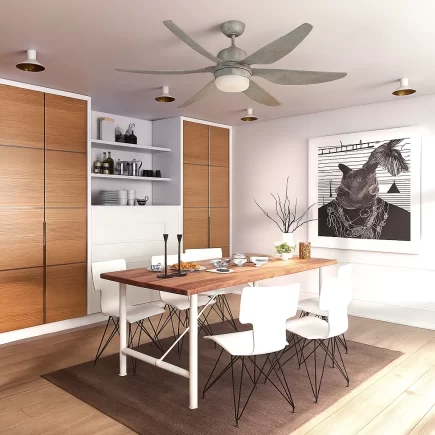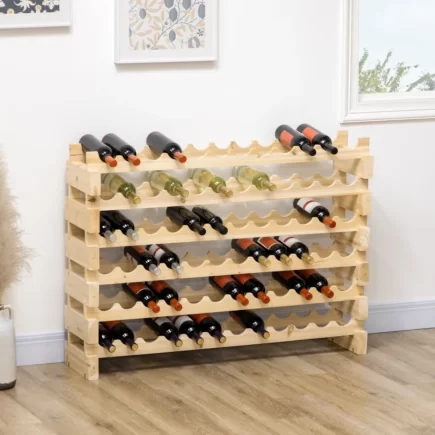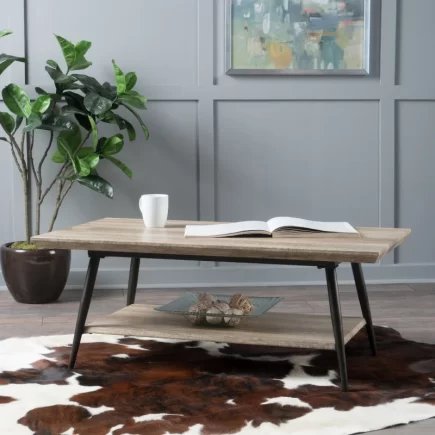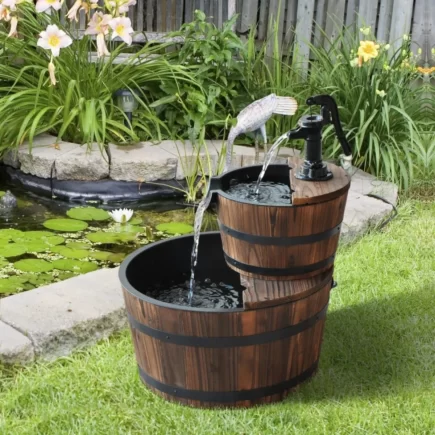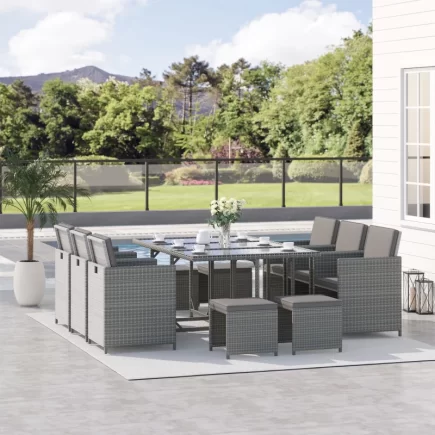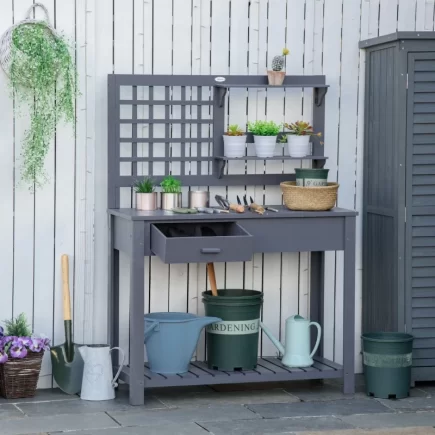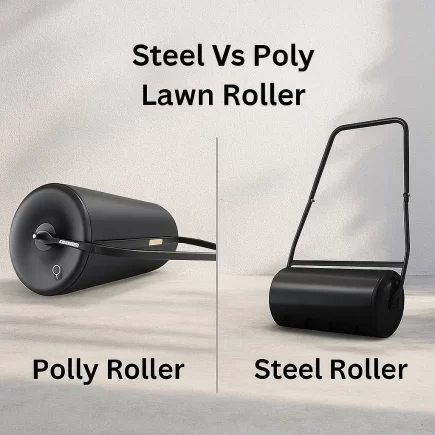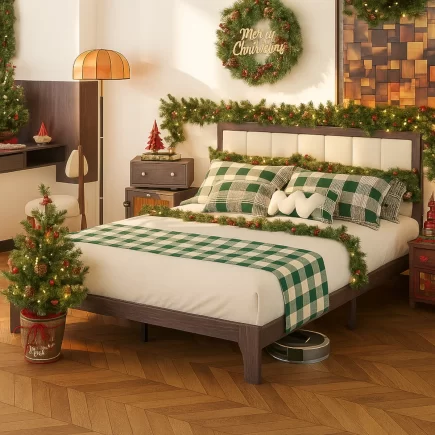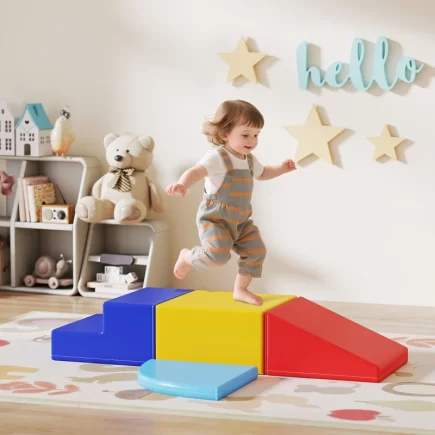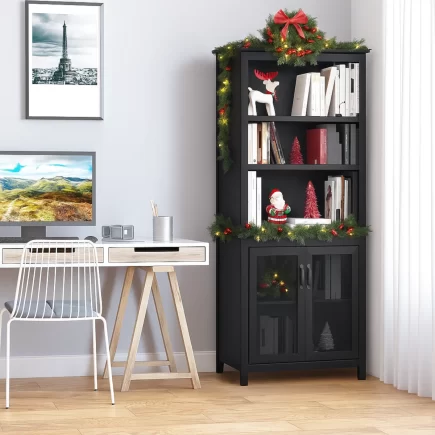
An end table might be small in stature, but in the world of interior design, it plays a surprisingly powerful role. It’s the silent companion next to your sofa or reading chair, the place where your morning coffee rests, your favourite book waits, and your lighting finds its home. But with so many shapes, materials, and designs available, choosing the right end table isn’t as easy as it looks. It’s not just a furniture piece; it’s a functional accent that should complement your space in every possible way.
Understand Ideal Size

The perfect end table isn’t just about looks; it must also be the right height and width in relation to the furniture it sits beside. A piece that’s too tall or too short will feel awkward and unbalanced.
Height: Match Your Seat or Slightly Lower
The golden rule is to choose an end table that is about the same height as the arm of your sofa or chair. If the arm is unusually low or high, aim for the tabletop to fall within 1–2 inches of that arm height.
A standard sofa arm is around 24–32 inches tall, so most end tables fall in the 22–28-inch range. If you plan to use the table for holding drinks or reading materials, height matters for ease and comfort.
Width and Diameter: Keep It in Proportion
If you’re placing an end table between two pieces of seating (like a loveseat and an accent chair), make sure it’s at least one-half to two-thirds the width of the adjacent furniture. Too small, and it disappears. Too large, and it overwhelms the space.
Round tables work well in tighter spaces, while square or rectangular ones provide more surface area.
Placement and Traffic Flow

Where you place your end table matters just as much as the style you choose. Even the most beautiful design won’t work if it disrupts the layout of your room or makes movement awkward.
Consider Distance from Walls and Pathways
An end table that’s too bulky or placed too close to walkways can throw off the room’s balance and make everyday movement frustrating. Aim to leave about 18 to 24 inches of space between your end table and nearby furniture or walls. This allows for a comfortable walking space and helps the room feel open rather than cramped.
If you’re working with a smaller living room or apartment, go for slim designs with narrow legs or floating shelves. These styles provide the function you need without crowding the space, keeping everything light, airy, and easy to navigate.
Pick a Shape That Complements Your Layout
End tables come in a wide range of shapes, including square, rectangular, round, oval, drum-shaped, and even abstract or geometric styles. Each shape brings a different energy to a room and suits different layouts and furniture arrangements.
Round and Oval

These softer shapes are ideal for tight corners or family spaces where safety is a concern, especially with kids around. With no sharp edges, they feel approachable and relaxed. Round or oval tables also work well in casual settings or rooms that already have a lot of angular furniture, helping to balance the overall look.
Square and Rectangular

These are the classic go-to shapes for most living rooms. They offer the most usable surface area and often come with added storage like drawers or lower shelves. Their clean lines fit seamlessly with symmetrical furniture setups, sectionals, or traditional layouts.
Unconventional Shapes

Think sculptural designs, C-shaped bases, or pedestal tables. These unique pieces are more about style than storage but can be stunning focal points in modern or artistic interiors. When placed thoughtfully, they add personality and elevate the room’s design without overwhelming it.
Choose Materials Based on Use and Aesthetic
Material not only affects the look and feel of your end table, it also determines how easy it is to maintain.
- Wood: A timeless classic, wood adds warmth and works with almost any style. Oak, walnut, and mango wood are popular choices. Painted or distressed wood can bring charm to cottage or vintage interiors.
- Metal: Perfect for modern, industrial, or minimalist spaces. Stainless steel, brass, or matte black finishes offer durability and a sleek edge.
- Glass: Glass top tables add lightness and make a room feel more open. However, they require more cleaning and may not be ideal if you have kids or pets.
- Stone: Marble or granite tops exude luxury and durability but can be heavy and costly. They’re great for glam or contemporary styles.
- Mixed Materials: Love a blend of textures? Look for tables that combine wood and metal, glass and brass, or stone and iron. These pieces add contrast and visual interest.
Style With Your Existing Furniture
Your end table doesn’t have to match your coffee table or TV stand exactly, but it should coordinate. Look for design cues like:
- Wood tone consistency
- Matching or complementary metal finishes
- Shared design style (mid-century, farmhouse, contemporary, etc.)
For example, if your sofa is sleek and modern, a sculptural metal and glass end table fits the vibe. If your room features earthy tones and rustic woods, a reclaimed wood piece with visible grain brings everything together.
Mixing styles can absolutely work as long as there’s intention behind it. Think of your end table as part of a bigger visual conversation.
Match the Mood of the Room

Your end table should feel like a natural part of the room’s overall mood. Whether your space leans formal, casual, airy, or dramatic, the table you choose should support that emotional atmosphere and enhance the visual flow. Here are a few style directions to consider:
- Cozy and warm: Wood or wicker tables with rounded edges create a soft, welcoming feel that suits relaxed, comfortable spaces.
- Bright and airy: Light finishes, clear glass, and slender metal frames help keep the room feeling open, fresh, and uncluttered.
- Sophisticated and modern: Tables with bold lines, polished stone, or high-gloss lacquer surfaces add elegance and a strong visual presence.
- Rustic and relaxed: Reclaimed wood, distressed finishes, and handcrafted details give off a grounded, easygoing charm that adds texture and warmth.
Choosing an end table that aligns with the emotional tone of your room helps create a balanced and intentional design.
Evaluate Long-Term Needs and Trends
When selecting end tables, consider your long-term needs and how your space may evolve over time. While bold or trendy pieces can add a fun touch in the moment, they may not blend easily with future décor changes. A neon acrylic cube, for example, might suit your current setup but feel out of place later in a redesigned living room or guest bedroom.
When making a lasting investment, it’s wise to focus on timeless materials and classic shapes. These choices are more likely to adapt with your style over the years. Save adventurous or seasonal designs for budget-friendly items or rooms that aren’t used every day. This approach ensures your space stays cohesive and functional while still allowing room for creative expression.
Style Meets Function
Choosing an End Table is like adding the perfect punctuation mark to a beautifully written sentence. It may not be the focal point, but it completes the look and ties the entire room together. A well-chosen end table does more than just fill a space beside your sofa or chair. It enhances the functionality of your room, supports your daily routine, and adds intention to your overall design.
It’s the piece that holds your coffee, supports your book, or displays that one accent that makes the room feel personal. Take your time with the selection. Look for a table that blends seamlessly with your lifestyle while adding beauty and balance to your space. Function and form should go hand in hand.
FAQs
1. Can an end table be used as a nightstand?
Yes, an end table can serve as a nightstand, especially in smaller or minimalist bedrooms. Just ensure it’s the right height for your bed and offers enough surface space for essentials like a lamp, phone, or book.
2. Can end tables be used in places other than the living room?
Absolutely. End tables work well in bedrooms as nightstands, in hallways for décor or storage, in bathrooms for towels, or even in home offices. Their compact size and versatility make them suitable for nearly any room in the home.
3. Are nesting end tables a good choice for small spaces?
Yes, nesting end tables are ideal for small spaces. They provide multiple surfaces when needed and can be stacked to save space. Their flexibility makes them perfect for compact living rooms, bedrooms, or apartments with limited floor area.


